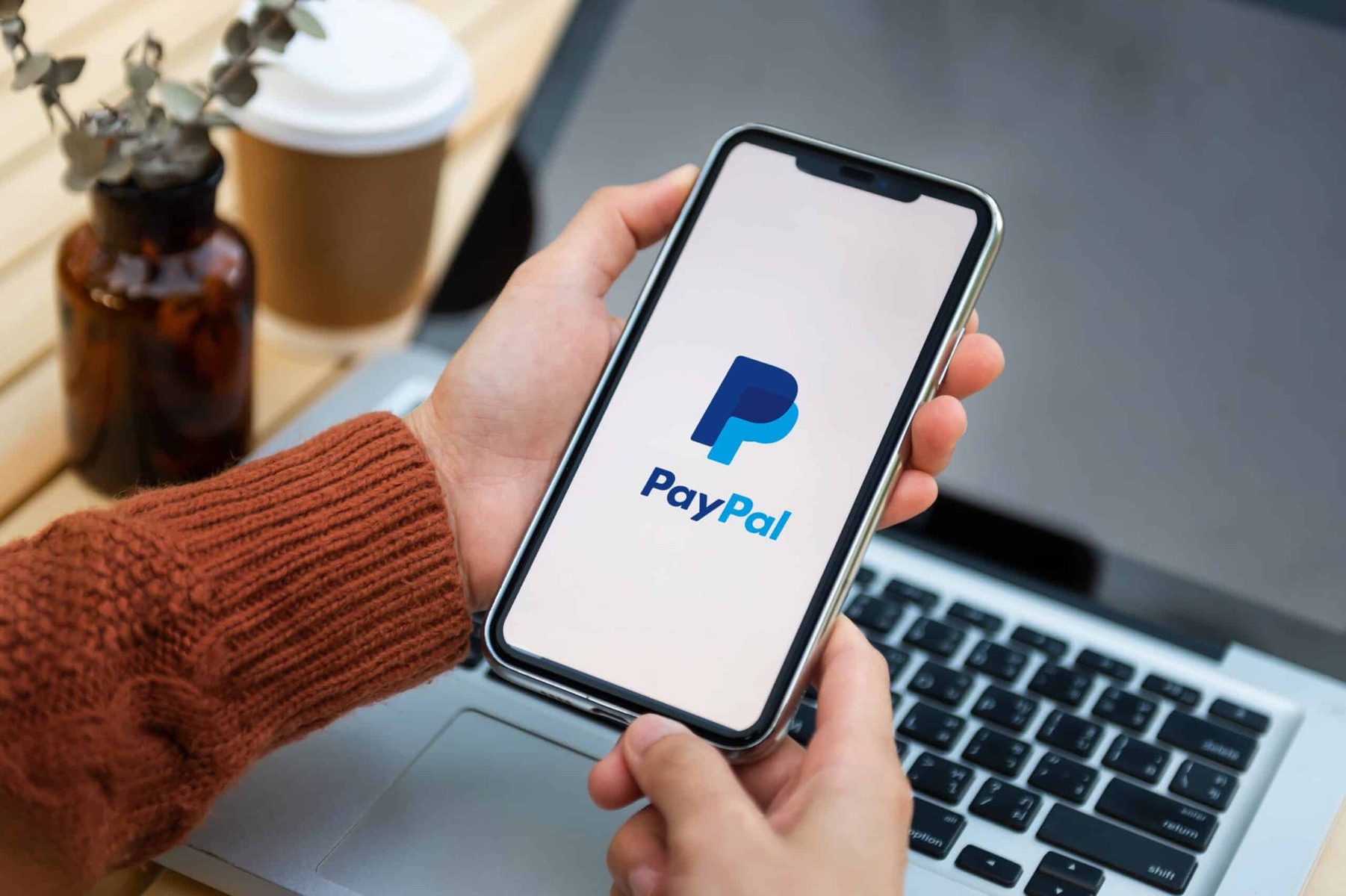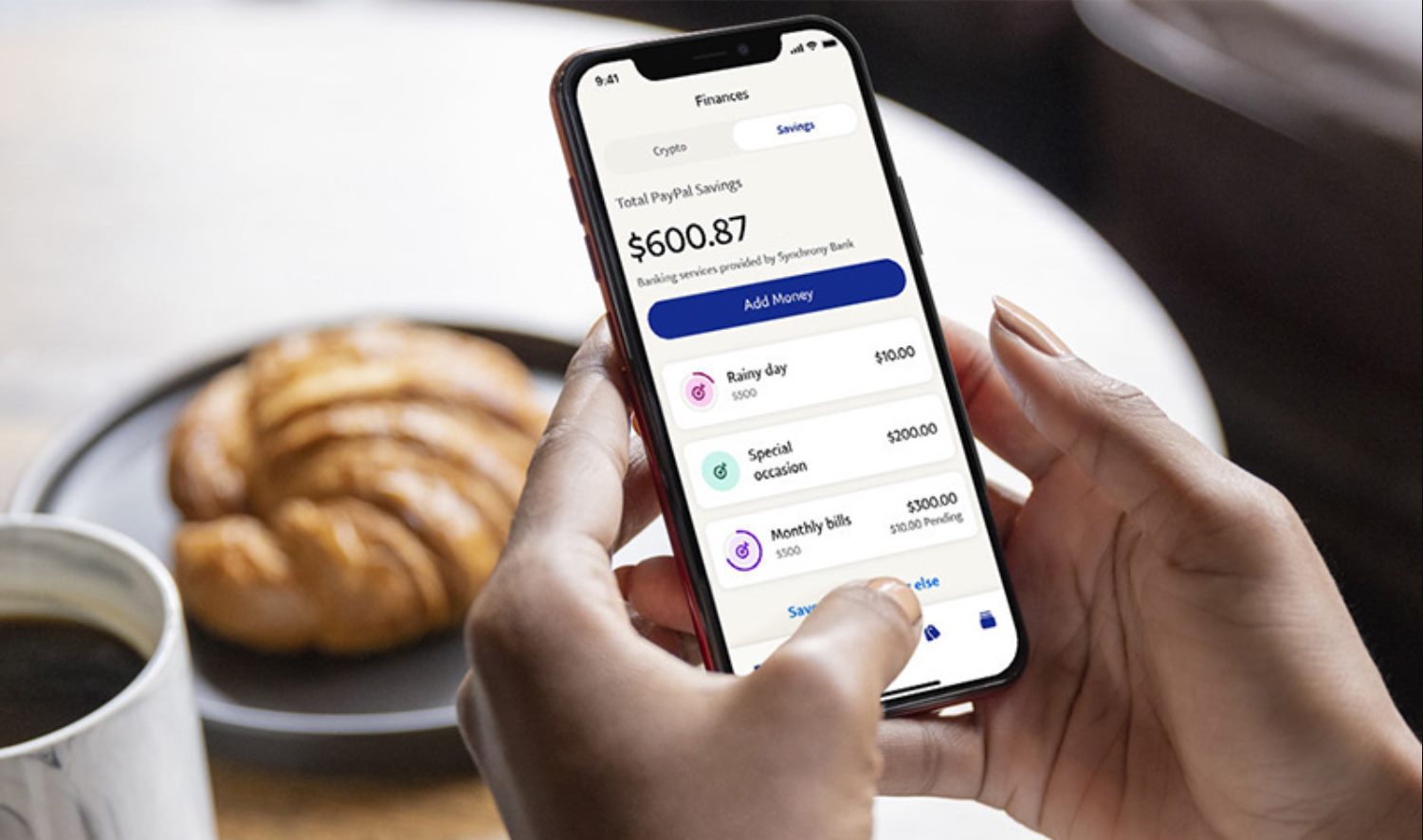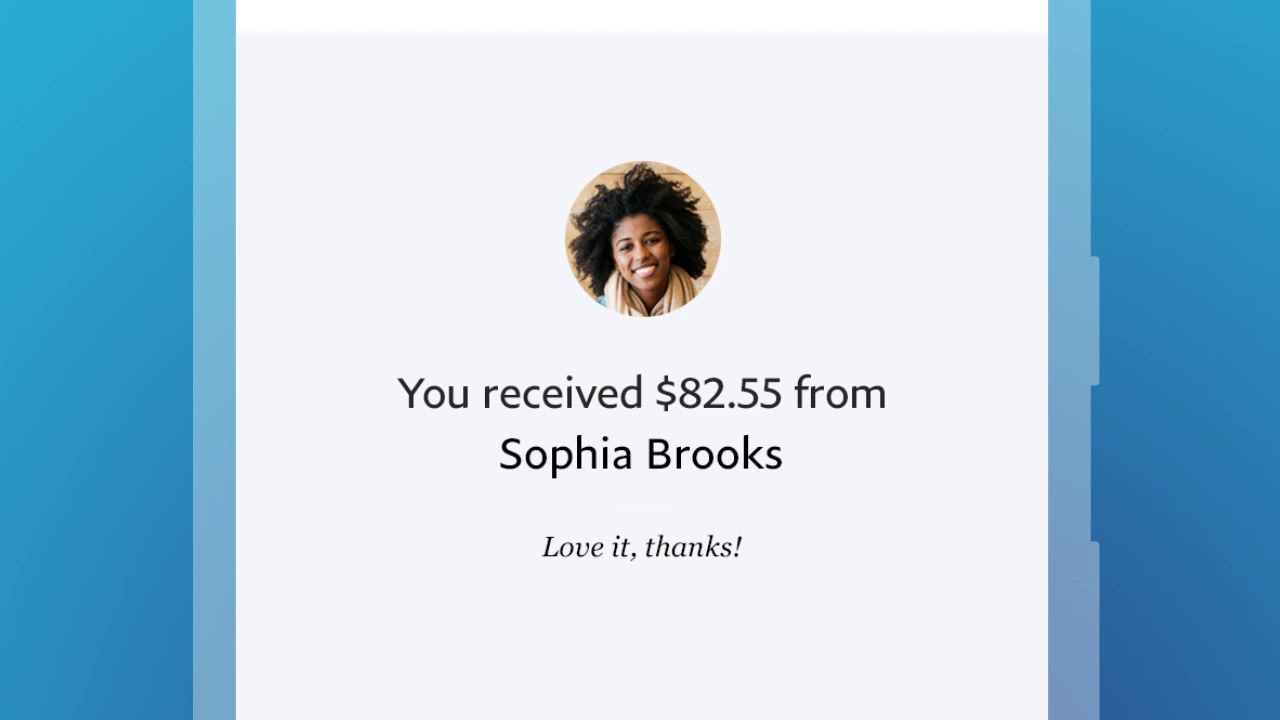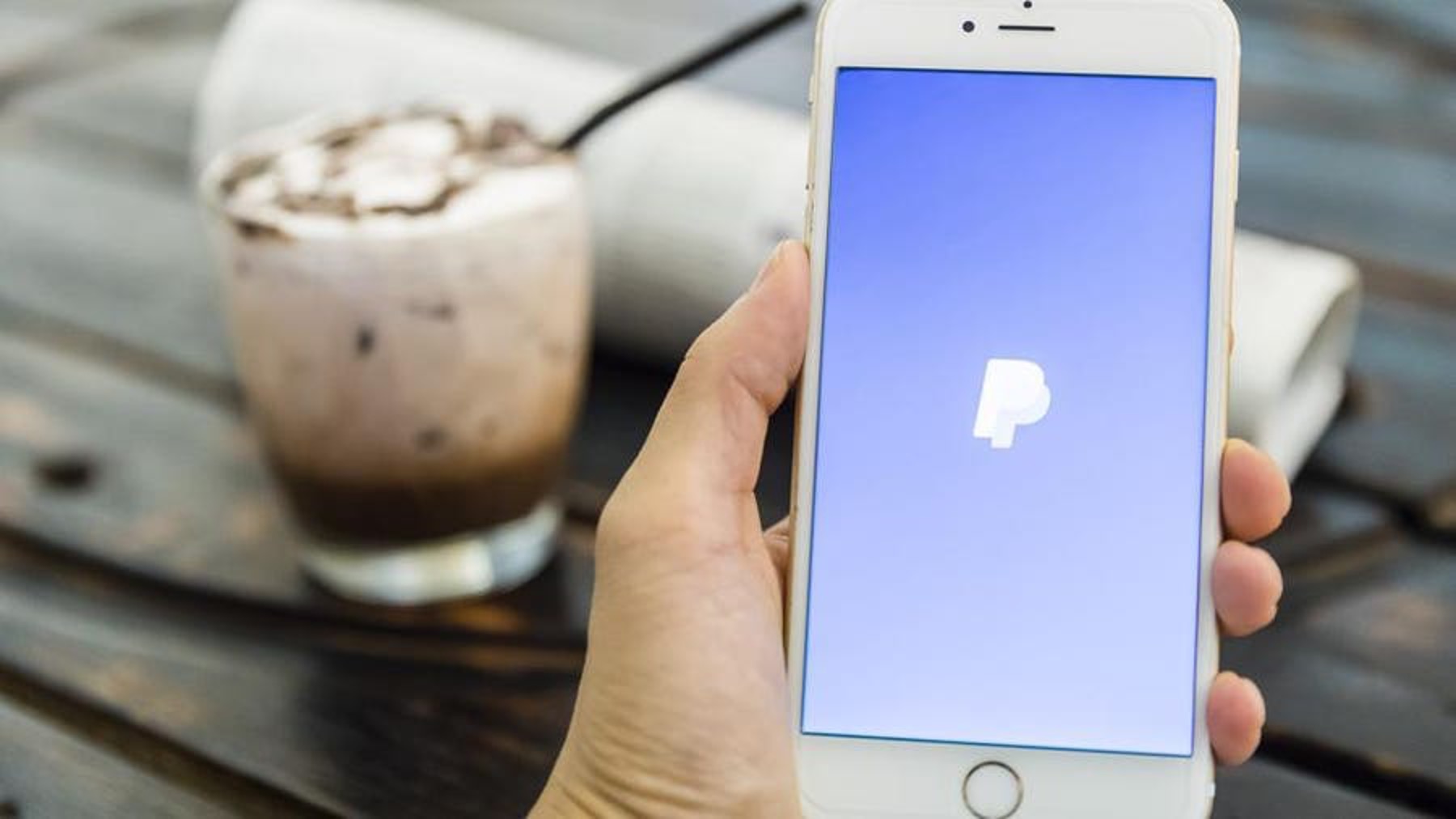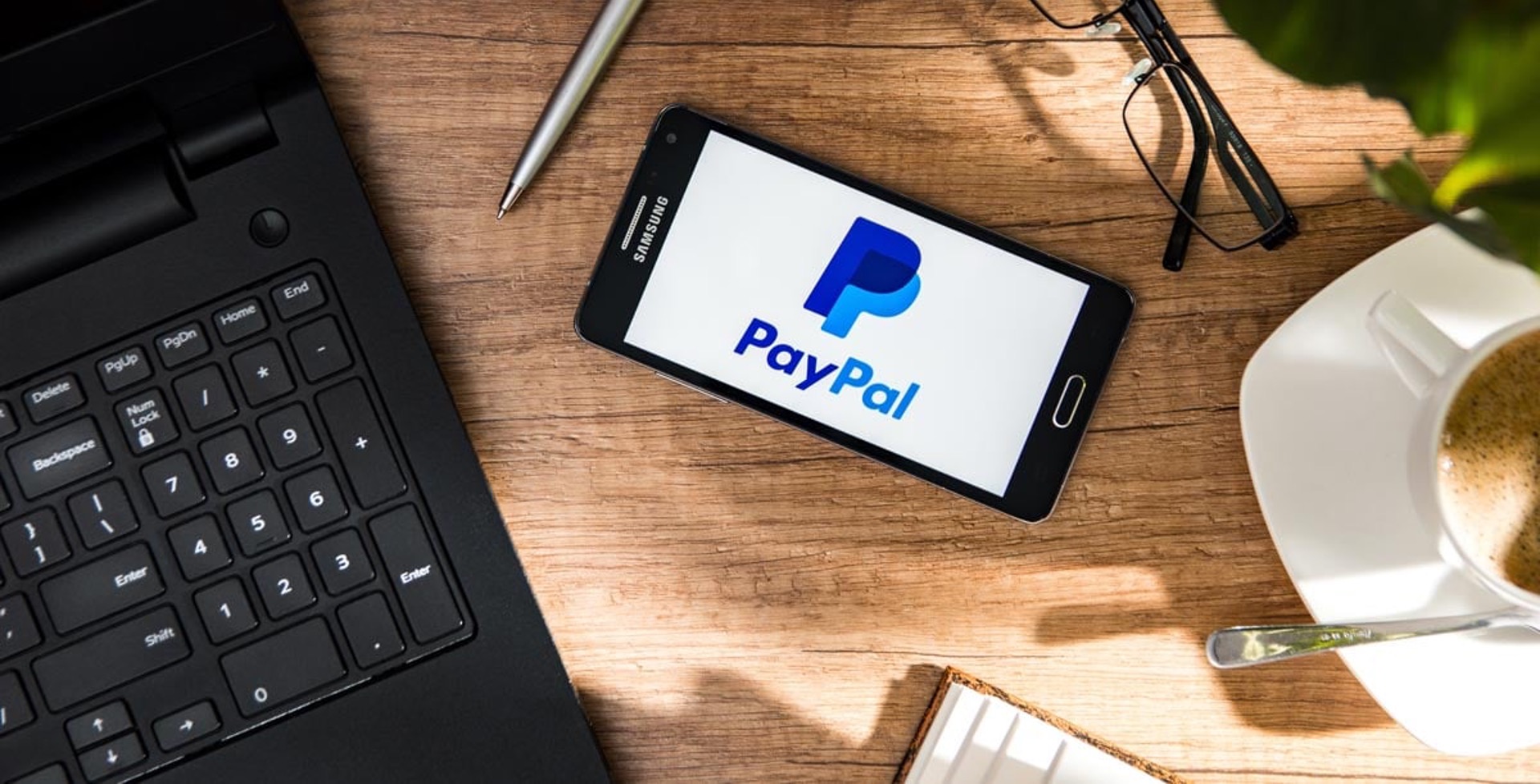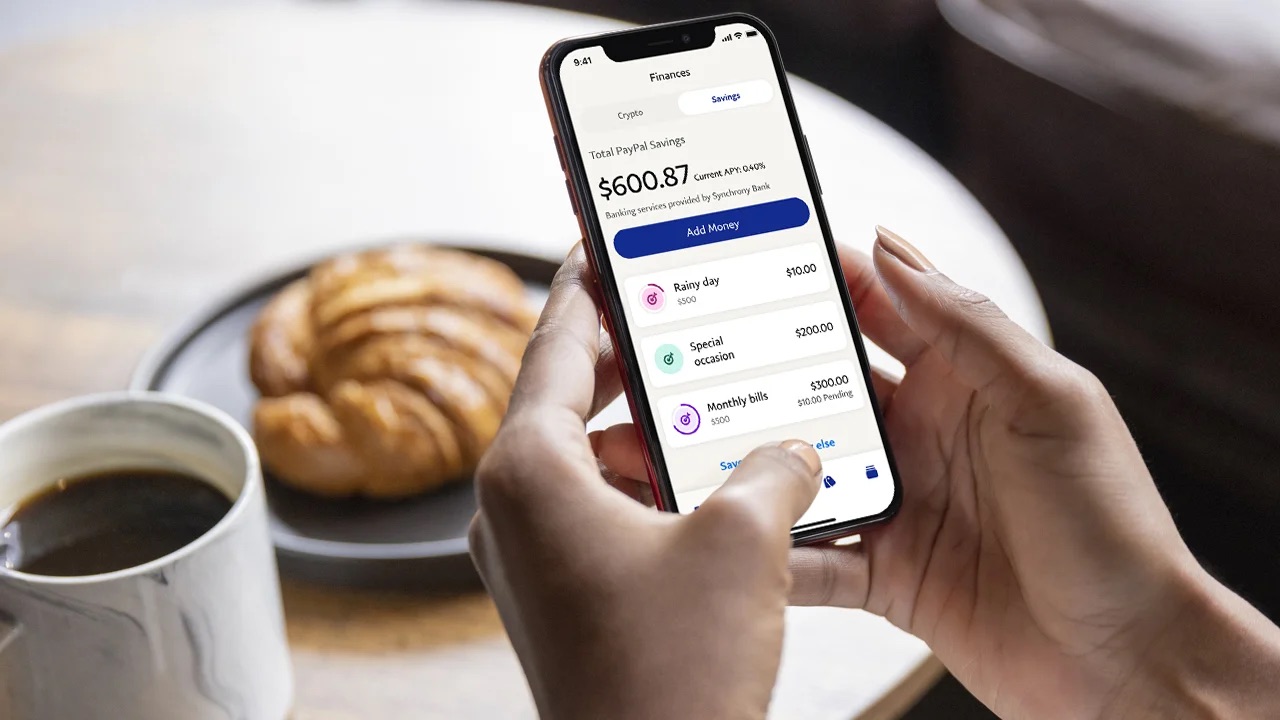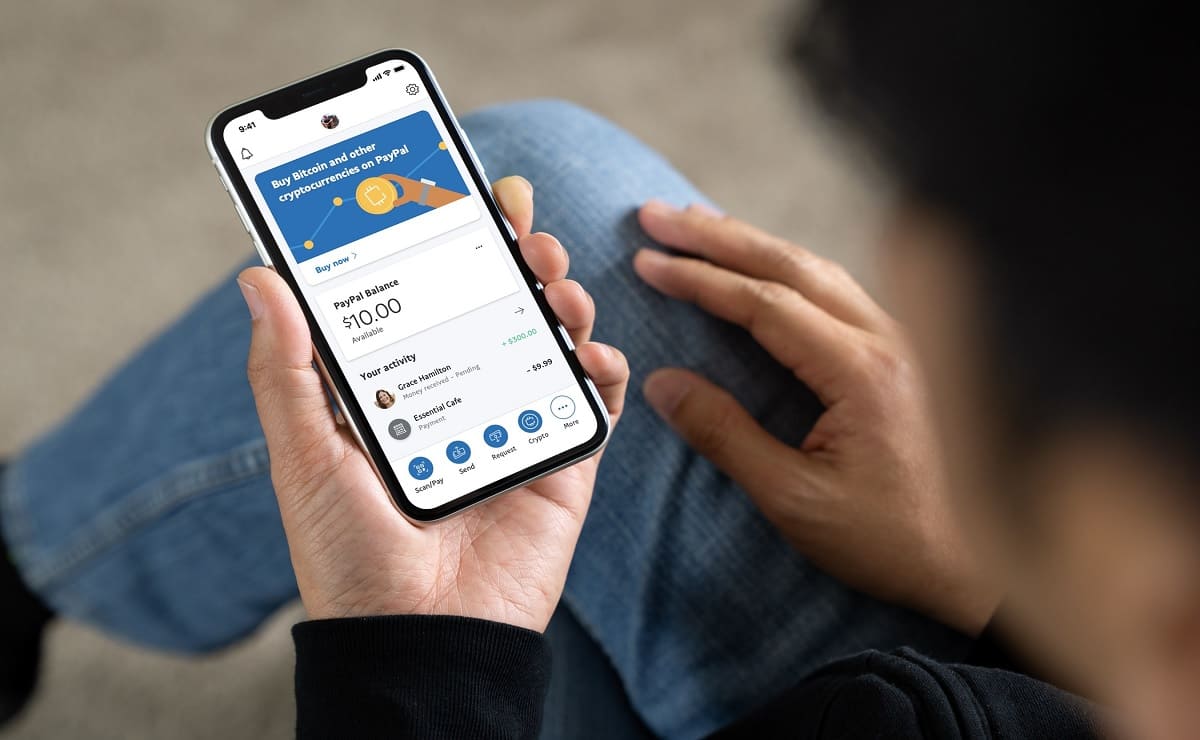Introduction
Welcome to our guide on how to change your bank account on PayPal. PayPal is a widely used online payment platform that allows users to securely transfer money and make transactions. If you’ve recently switched banks or need to update your bank account information on PayPal, this step-by-step tutorial will walk you through the process.
Ensuring that your PayPal account is linked to your current and correct bank account is crucial for smooth and hassle-free transactions. By updating your bank account information, you can ensure that any payments you receive or make are processed smoothly without any interruptions.
Changing your bank account on PayPal is a straightforward process that can be completed in just a few simple steps. In this guide, we will explain each step in detail so that you can easily navigate through the process and update your bank account information on PayPal
Whether you’ve closed your previous bank account, switched to a new bank, or simply want to update your bank information, PayPal allows you to make these changes effortlessly. So, without further ado, let’s get started with the step-by-step instructions on how to change your bank account on PayPal.
Step 1: Log in to your PayPal account
The first step to changing your bank account on PayPal is to log in to your PayPal account. Open your preferred web browser and visit www.paypal.com. Click on the “Log In” button located at the top right corner of the page.
If you already have a PayPal account, enter your email address or mobile number associated with your account in the provided field. Then, click on the “Next” button. On the next page, enter your password and click on the “Log In” button.
If you don’t have a PayPal account yet, you’ll need to create one before you can change your bank account information. Click on the “Sign Up” button located on the homepage. Follow the on-screen instructions to create your PayPal account. Once you’ve successfully created your account, proceed to log in using the steps mentioned above.
It is important to ensure that you are logging in to the correct PayPal account associated with the bank account you wish to change. Double-check the email address or mobile number before proceeding to the next step.
Once you are logged in to your PayPal account, you will have access to all the necessary features and settings required to change your bank account information. Let’s move on to the next step to continue with the process.
Step 2: Go to your wallet
After logging in to your PayPal account, you will need to navigate to the “Wallet” section. The Wallet section contains all of your linked payment methods, including your bank accounts, credit cards, and PayPal balance.
To access the Wallet section, look for the menu options located at the top of the page. Depending on the version of PayPal you are using, the menu options may be different. Look for a “Wallet” option, usually represented by an icon that resembles a wallet or a row of stacked cards.
Click on the “Wallet” option to proceed. This will redirect you to a page where you can manage and view your payment methods.
If you are having trouble finding the Wallet section, you can also try accessing it by clicking on your PayPal balance, which is displayed on the top left corner of the page. This will usually take you directly to the Wallet section.
Once you are in the Wallet section, you will be able to view your existing linked bank accounts, credit cards, and PayPal balance. This is where you will be able to add, remove, or update your bank account information.
Now that you have successfully reached the Wallet section of your PayPal account, let’s move on to the next step to link a new bank account.
Step 3: Click on “Link a bank account”
Once you are in the Wallet section of your PayPal account, it’s time to link your new bank account. Look for the option that says “Link a bank account” or something similar.
In most cases, you will find this option under the section that lists your linked payment methods. It may be in the form of a button or a link. Click on it to proceed.
PayPal may ask you to verify your identity at this point to ensure the security of your account. This is a standard security measure that helps protect your financial information and prevent fraudulent activities.
Follow the prompts and provide any additional information that PayPal may require for verification. This may include entering a security code sent to your phone or email address, answering security questions, or providing other forms of verification.
Once your identity is verified, you will be directed to a page where you can begin linking your new bank account.
Please note that if you already have a bank account linked to your PayPal account, you will need to remove it before adding a new one. Refer to Step 7 in this guide for instructions on how to remove the old bank account.
Now that you have clicked on “Link a bank account” and completed the verification process, let’s move on to the next step to choose your bank.
Step 4: Choose your bank
After clicking on “Link a bank account” and completing the verification process, you will be presented with a list of banks to choose from. This list is generated based on your location and the availability of banks in your area.
Take a moment to carefully browse through the list and locate your bank. The list may be organized alphabetically, making it easier to find your bank. You can also utilize the search function if you have a specific bank in mind.
If you are unable to find your bank in the list, don’t worry. PayPal allows you to manually enter your bank account information even if your specific bank is not listed.
Once you have located your bank, click on it to select it as your preferred bank.
Keep in mind that you can only link one bank account at a time to your PayPal account. If you have multiple bank accounts and wish to change from one bank to another, you will need to repeat this process to add the new bank account and remove the previous one.
By choosing your bank from the provided list or manually entering your bank account information, you are now one step closer to updating your bank account details on PayPal. Let’s move on to the next step to enter your bank account details.
Step 5: Enter your bank account details
After selecting your bank in the previous step, you will now be prompted to enter your bank account details. PayPal requires this information to securely link your bank account to your PayPal account.
The required bank account details may vary depending on your country and banking system. However, the most common details requested are:
- Bank account type: Choose whether your account is a checking account or a savings account.
- Account holder’s name: Enter the name of the account holder exactly as it appears on your bank statement.
- Bank name: The name of your bank.
- Bank account number: Your unique bank account number. Make sure to enter the correct number to avoid any issues with the linking process.
- Bank routing number: This is a unique identification number for your bank. It is used to ensure accurate routing of funds.
Carefully enter each piece of information in the respective fields. Take extra care to accurately enter the account holder’s name and bank account number, as any errors may cause issues with transfers or verification.
Some countries may require additional information, such as the branch code or IBAN (International Bank Account Number). If these details are necessary, provide them accordingly.
Once you have entered all the required bank account details, review the information to ensure its accuracy. Double-check that you have entered the correct account holder’s name, account number, and bank details.
When you are satisfied that all the information is correct, click on the “Link Bank Account” or similar button to proceed.
Congratulations! You have successfully entered your bank account details on PayPal. In the next step, we will guide you through confirming and verifying your bank account.
Step 6: Confirm your bank account
After entering your bank account details, PayPal will initiate a process to confirm that the bank account you provided belongs to you. This is a necessary step to ensure the security and validity of your bank account.
There are two common methods used by PayPal to confirm your bank account:
- Instant Bank Account Confirmation: PayPal may attempt to instantly verify your bank account by making a small deposit (usually a few cents) into your bank account. This deposit will be accompanied by a unique code in the transaction description. You will need to access your bank account statement or online banking to retrieve this code.
- Confirming through Manual Verification: If instant bank account confirmation is not available or unsuccessful, PayPal may ask you to manually verify your bank account. This usually involves uploading bank statements or providing other documents as proof of ownership and account details.
If PayPal is using the instant bank account confirmation method, you will typically receive an email notification informing you that a deposit has been made into your bank account. This email will also contain instructions on how to locate and retrieve the unique code attached to the deposit.
Access your bank account statement or online banking platform and locate the transaction made by PayPal. Note the unique code and return to your PayPal account to input the code for verification.
If PayPal requires manual verification, follow the instructions provided on the verification page. This may involve uploading bank statements or providing other necessary documents to prove your ownership of the bank account.
Once you have successfully confirmed your bank account, PayPal will notify you of the successful verification. You are now ready to use your updated bank account for transactions and transfers through PayPal.
Now that you have successfully confirmed your bank account, you may proceed to remove the old bank account (if applicable) or verify your new bank account (optional) as outlined in the next steps.
Step 7: Remove the old bank account (optional)
If you had a bank account previously linked to your PayPal account and you no longer wish to use it, you have the option to remove it. Removing the old bank account is completely optional and depends on your personal preference and the need to update your banking information.
To remove the old bank account, follow these steps:
- Log in to your PayPal account.
- Navigate to the “Wallet” section, where you can manage your payment methods.
- Locate the old bank account in the list of linked payment methods.
- Click on the options or settings icon next to the old bank account.
- Select the option to “Remove” or “Delete” the bank account.
- Confirm the removal by following any additional prompts or verification steps, if prompted.
Please note that if you have any pending transactions or payments associated with the old bank account, it is recommended to finalize or cancel them before removing the bank account. Removing the old bank account may also affect any recurring payments or subscriptions linked to that account, so make sure to update those details as well.
Once you have successfully removed the old bank account, you can proceed to use your updated bank account for all your PayPal transactions.
Remember, removing the old bank account is optional and should only be done if you no longer plan to use it or if you’ve switched to a different bank. If you plan to use the same bank but with updated information, it is not necessary to remove the old bank account.
Now that you have removed the old bank account (if applicable), let’s move on to the optional step of verifying your new bank account.
Step 8: Verify your bank account (optional)
Verifying your bank account on PayPal is an optional step, but it can provide additional benefits and security to your PayPal transactions. By verifying your bank account, you can enjoy higher transaction limits, faster withdrawals, and increased trust from buyers and sellers.
If you choose to verify your new bank account, follow these steps:
- Log in to your PayPal account.
- Navigate to the “Wallet” section, where you manage your payment methods.
- Locate your newly linked bank account in the list of payment methods.
- Click on the options or settings icon next to the bank account.
- Select the option to “Verify” or “Confirm” the bank account.
- You will be prompted to complete the verification process by following the necessary steps. This may involve PayPal making small deposits into your bank account, which you will need to confirm by entering the specific amounts.
- Once you’ve entered the correct amounts provided by PayPal, your bank account will be verified.
Verification may take a couple of days to complete, as PayPal needs to process the deposit and confirm the amounts entered by you. During this time, it is essential to keep an eye on your bank account statement or online banking to verify the deposit amounts.
Once your bank account is verified, PayPal will notify you, and you will have the peace of mind knowing that your account is fully verified and secure. Verify your bank account is especially important if you plan to use PayPal for high-value transactions and withdrawals.
Remember, verifying your bank account is optional, but it can provide added benefits and enhance your PayPal experience. If you decide not to verify your bank account, you can still use it for transactions, but with certain limitations such as lower transaction limits and longer withdrawal processing times.
With your bank account now linked and optionally verified, you’re all set to enjoy secure and convenient transactions using your PayPal account.
Congratulations on successfully changing and updating your bank account on PayPal!
Conclusion
Changing your bank account on PayPal is a straightforward process that allows you to keep your payment information up to date and ensures smooth transactions. By following the step-by-step instructions outlined in this guide, you can easily change your bank account information on PayPal without any hassle.
Remember to log in to your PayPal account, navigate to the Wallet section, and select the option to link a bank account. Choose your bank from the provided list or manually enter your bank account details. Verify your bank account, if desired, to enjoy the additional benefits that come with a verified account.
If you had a previously linked bank account, you may optionally remove it from your PayPal account to avoid any confusion or potential issues. This step is completely based on personal preference and depends on whether or not you still plan to use the old bank account.
Finally, verifying your bank account adds another layer of security and trust to your PayPal transactions. While this step is optional, it can provide higher transaction limits and faster withdrawals, giving you greater flexibility and peace of mind.
Remember to keep an eye on your PayPal account for any notifications or instructions throughout the process. If you encounter any difficulties or have questions, reach out to PayPal customer support for assistance.
Now that you have successfully changed your bank account on PayPal, you can confidently use your updated account for seamless transactions and enjoy the convenience and security that PayPal provides.
Thank you for using our guide, and we hope this information has been helpful in assisting you with changing your bank account on PayPal.









